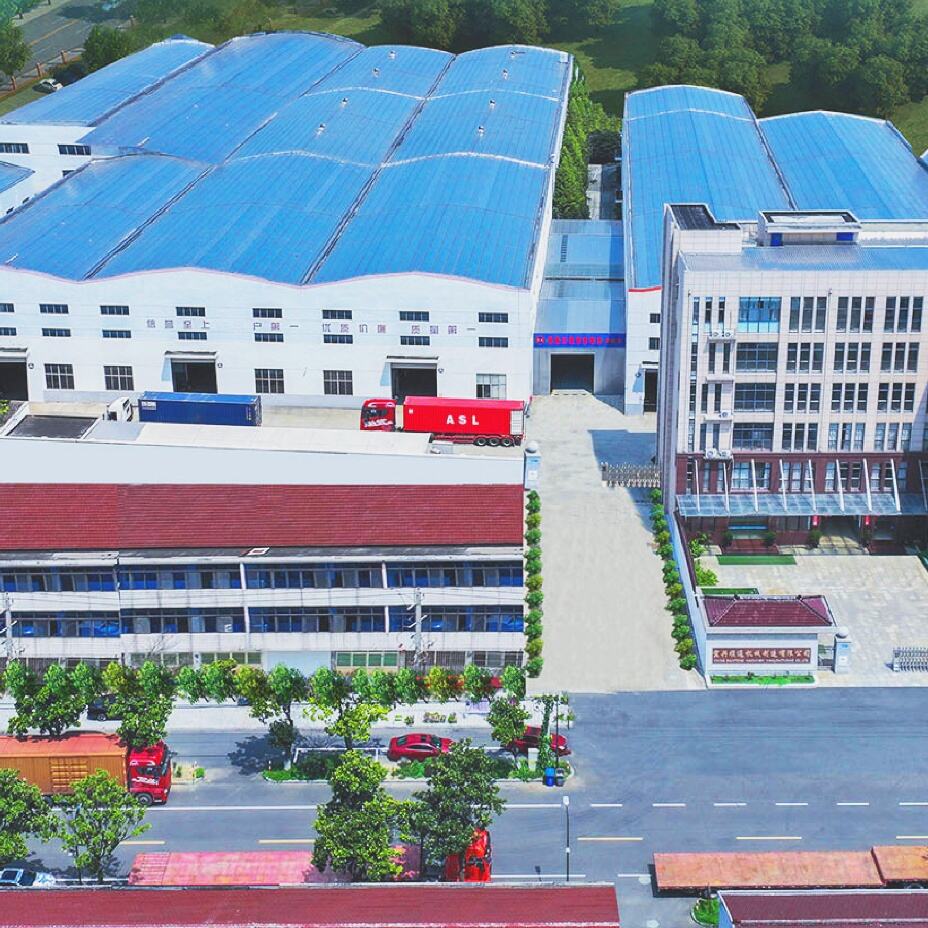Application Prospects of Wire Drawing Machines: Fueling Diverse Industries’ Growth
Wire drawing machines will maintain steady demand in traditional pillar industries, serving as a foundational equipment for long-term development. In construction, they remain critical for processing low-carbon steel wire rods into high-strength reinforcement wires, mesh materials, and pre-stressed steel strands—key inputs for high-rises, bridges, and urban infrastructure projects amid ongoing global urbanization. The hardware and basic electronics sectors also rely on them to produce standard copper/aluminum wires for household cables, nails, and fasteners. As these industries prioritize higher efficiency and consistent wire quality, machines with optimized speed control and surface-finish capabilities will see sustained adoption, securing their role as indispensable production tools.
Green energy and electric vehicle (EV) sectors are opening up high-growth application prospects for wire drawing machines. EV manufacturing demands large volumes of ultra-fine, high-purity copper wires for battery tabs and motor windings, pushing the need for precision wire drawing machines with real-time diameter monitoring and low-waste designs. In renewable energy, machines that process high-tensile alloy wires are essential for solar panel frames, wind turbine cables, and energy storage system components. Additionally, the shift to eco-friendly production has boosted demand for energy-efficient wire drawing machines (equipped with variable-frequency drives) that reduce carbon footprints—aligning with global carbon reduction goals and driving long-term market expansion.
High-tech and niche sectors will further diversify the application prospects of wire drawing machines. The microelectronics industry requires machines capable of producing wires as thin as 0.005mm for printed circuit boards (PCBs) and microchips, while the aerospace sector needs specialized machines to process lightweight, high-strength titanium alloy wires for aircraft wiring. The medical field also presents opportunities, with demand for machines that manufacture biocompatible stainless steel wires for surgical sutures and orthopedic implants. Beyond developed markets, developing regions (e.g., Southeast Asia, Africa) are investing in infrastructure, creating demand for cost-effective, scalable wire drawing machines to localize wire production—expanding the global market reach of these machines.

